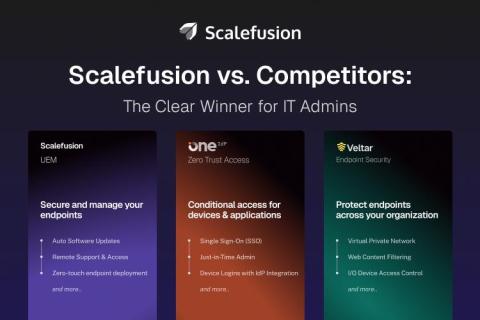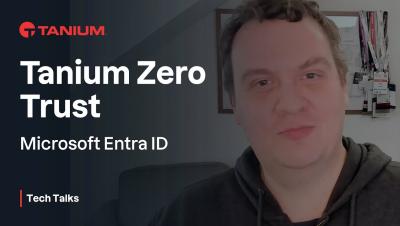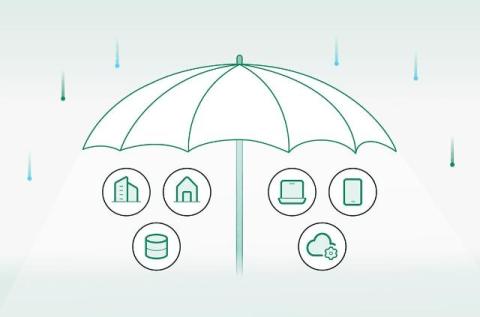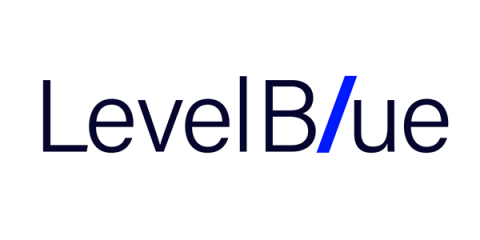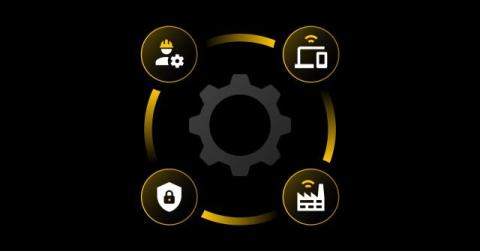Zero-Trust Access for GitHub
Our journey with GitHub proxy support began with an internal challenge: securing our most critical repositories against unauthorized acess. As a company that manages infrastructure as code, including sensitive systems like Hardening Okta with Terraform, we needed an ironclad solution to lock down acess to our codebase. The problem was that traditional authentication methods like SSH keys and Personal Access Tokens (PATs) left our repositories vulnerable to unauthorized access.



